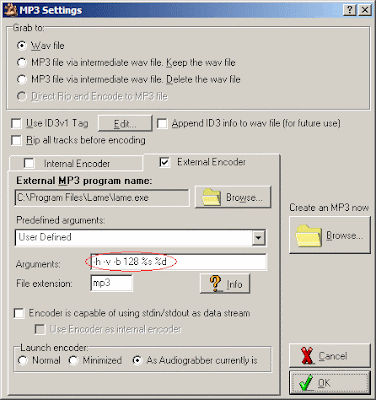On iPhone, Paris Hilton, Six Stupid, and more
Summary: This week's reading recommendations focused on processes and other topics.
Today is the iPhone day. Am I the only one who noticed that iPhone had turned into Paris Hilton of the technology world? Haven't we had enough of both? Really,
"Hitler got less coverage when he invaded Poland."Thank you John Dvorak. And thank you Mika Brzezinski. Now, about things that matter.
Bob Lewis, the publisher of IS Survivor and president of IT Catalist, just discovered a new methodology called Six Stupid:
"Everyone knows that a group of people is dumber than its least intelligent member. Six Stupid is based on this insight. Unlike the better-known Six Sigma, Six Stupid requires the collaboration of at least six idiots, to design process flows that defy reason and preclude exceptions."It's unfortunate that many Six Stupid processes (methodologies, rules, etc) start as great ideas, but at some point get overtaken by zealots and eventually turn into entities that exist mostly for the goals of their own. Instead of helping, they become obstacles. Instead of reducing time and effort, they require more time and effort. To make sure your process does not turn into Six Stupid, remember:
"Turning a new process on does not justify employees turning their brains off."Now, here is a process from Google described in Life at Google - The Microsoftie Perspective, which is definitely not Six Stupid:
"Google has the concept of "Tech Stops." Each floor of each building has one. They handle all of the IT stuff for employees in the building including troubleshooting networks, machines, etc. If you’re having a problem you just walk into a Tech Stop and someone will fix it. [...] If your laptop breaks you bring it to a Tech Stop and they fix it or give you another one (they move your data for you). If one of your test machines is old and crusty you bring it to the Tech Stop and they give you a new one. [...] If you need more equipment than your job description allows, your manager just needs to approve the action."As far as I know this process is not patented. Someone at Intel IT management chain, please give John Johnson a call.
And here is another process: hiring -- or should I say "non-hiring" -- of technology workers in the US. In this video, Lawrence Lebowitz, vice president and director of marketing for the Cohen & Grigsby law firm, explains how employers can hire cheap foreign workers while following the legal process imposed by the U.S. government that is inteneded to guarantee that no qualified U.S. worker is left behind. According to Lebowitz,
"[T]he goal [of this process] is clearly not to find a qualified and interested U.S. worker."It's not stupid, but it's so wrong, so deviant... And what were these guys thinking when they were shooting the video. OK, maybe it's One Stupid. By the way, now I understand the purpose of the job advertisements placed in professional magazines.
Well, some processes directed against us have antidotes. In case you're shopping for a Dell laptop, read 22 Confessions Of A Former Dell Sales Manager. Smart, uh! Dell's reaction on the other hand was not so smart.
Finally, Dare Obasanjo (AKA Carnage4Life), a son of the president of Nigeria and a current Microsoft employee, described a meeting with Bill Gates, who was planning a trip to Nigeria, in a blog post, which I recommend to readers. You can learn a few things about Bill Gates and Obasanjo (the president): how he became a president after a military coup in 1976, served one term, held free elections, was jailed, was elected again, became a born-again Christian... What a life! The last part of the post made me laugh. As Obasanjo was leaving the building, he overheard the following exchange between the receptionist of the building and a visitor:
Visitor: Where is Bill Gates's office?Enjoy the weekend, and please don't mention iPhone (or Paris Hilton) to me.
Receptionist: I'm not at liberty to divulge that information.
Visitor: I need to see him, I just downloaded Windows Vista and I have a number of complaints.

